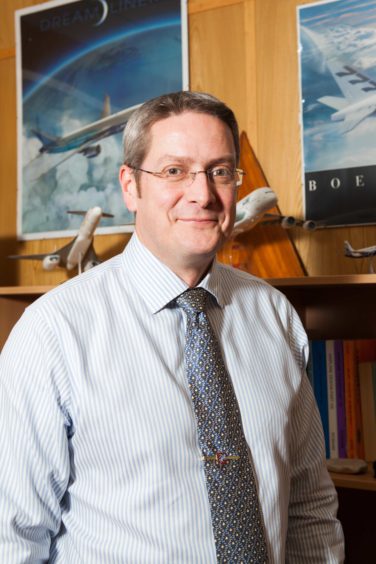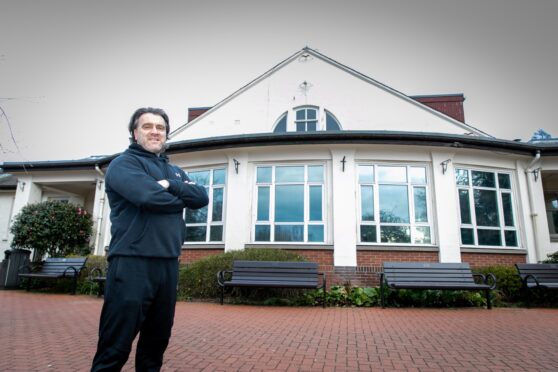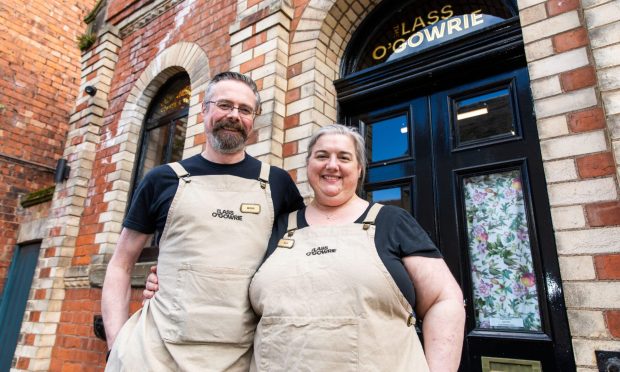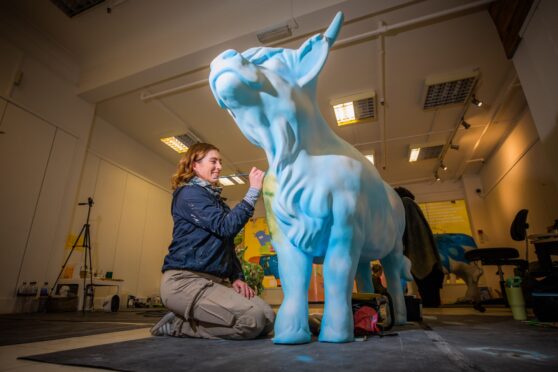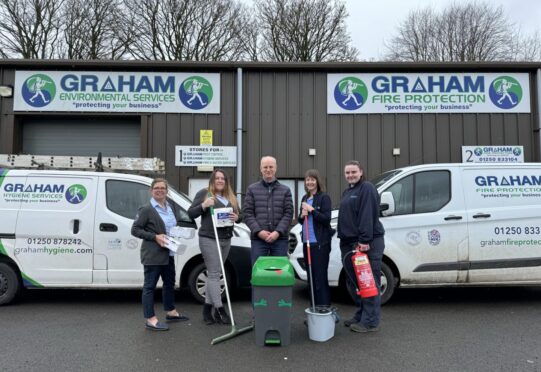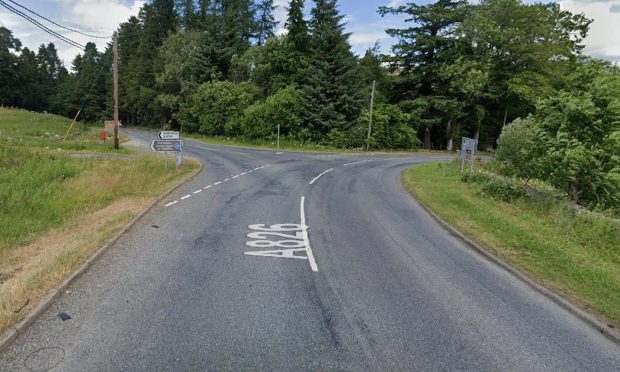A Perth UHI professor and a team of engineers have built a self-propelling, self-sufficient aircraft that could “revolutionise” the telecommunications industry.
Professor Andrew Rae and his team have designed and trialled the Phoenix – an aircraft which repeatedly transitions from being lighter-than-air to heavier-than-air to propel itself forward.
The new invention is the first large-scale aircraft powered by variable-buoyancy propulsion and the new system means the unmanned vehicle is self-sufficient and could, in theory, be operational for an unlimited period of time.
The variable-buoyancy propulsion technology is already used in underwater remotely operated vehicles but has never before been harnessed for a large aircraft.
Andrew Rae, Professor of Engineering at Perth College UHI, led the design of the aeroplane.
He said: “The Phoenix spends half its time as a heavier-than-air aeroplane, the other as a lighter-than-air balloon.
“The repeated transition between these states provides the sole source of propulsion.
“The vehicle’s fuselage contains helium to allow it to ascend and also contains an air bag which inhales and compresses air to enable the craft to descend.
“This motion propels the aeroplane forwards and is assisted by the release of the compressed air through a rear vent. This system allows the Phoenix to be completely self-sufficient.
“The energy needed to power its pumps and valves is provided by a battery which is charged by lightweight flexible solar cells on its wings and tail.
“Vehicles based on this technology could be used as pseudo-satellites and would provide a much cheaper option for telecommunication activities.
“Current equivalent aeroplanes are very complex and very expensive. By contrast, Phoenix is almost expendable and so provides a user with previously unavailable options.”
The prototype aeroplane, which is 15 metres long and has a wingspan of 10.5 metres, was flown successfully and repeatedly over a distance of 120 metres during indoor trials at the Drystack facility in Portsmouth last month.
The test flight was the culmination of a three-year project to prove the viability of a variable-buoyancy powered aircraft.
The Phoenix team is now exploring collaborations with major manufacturers to take the technology to the next phase of development.
The project has been part-funded by Innovate UK, the UK’s Innovation Agency, through the Aerospace Technology Institute.
